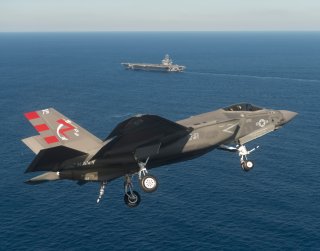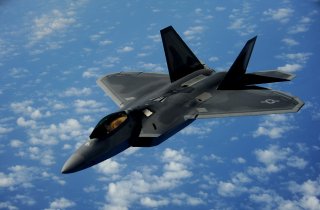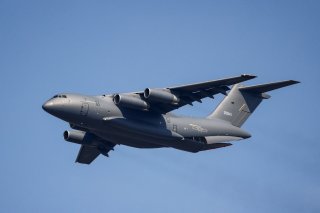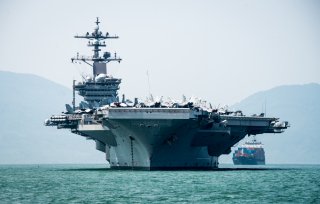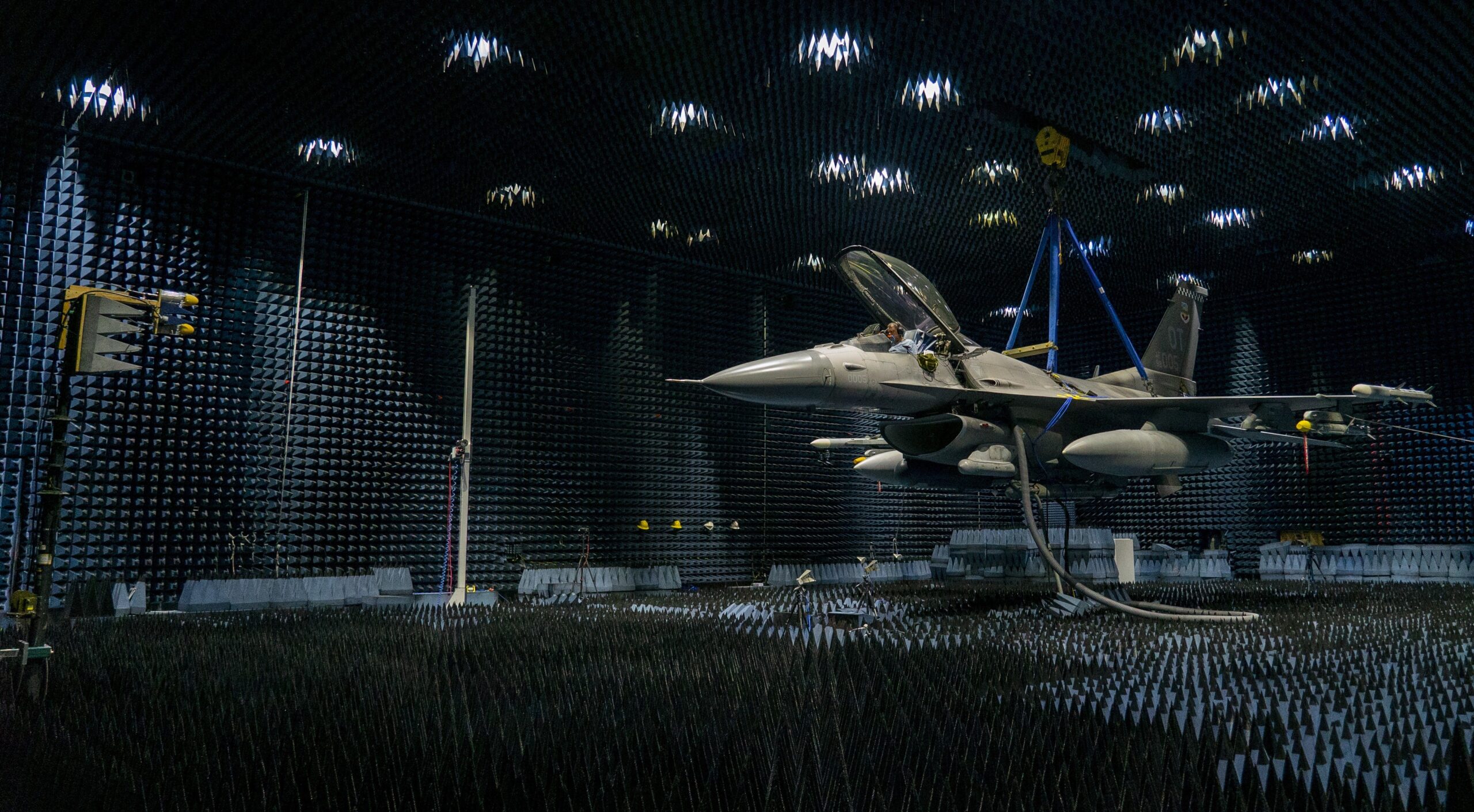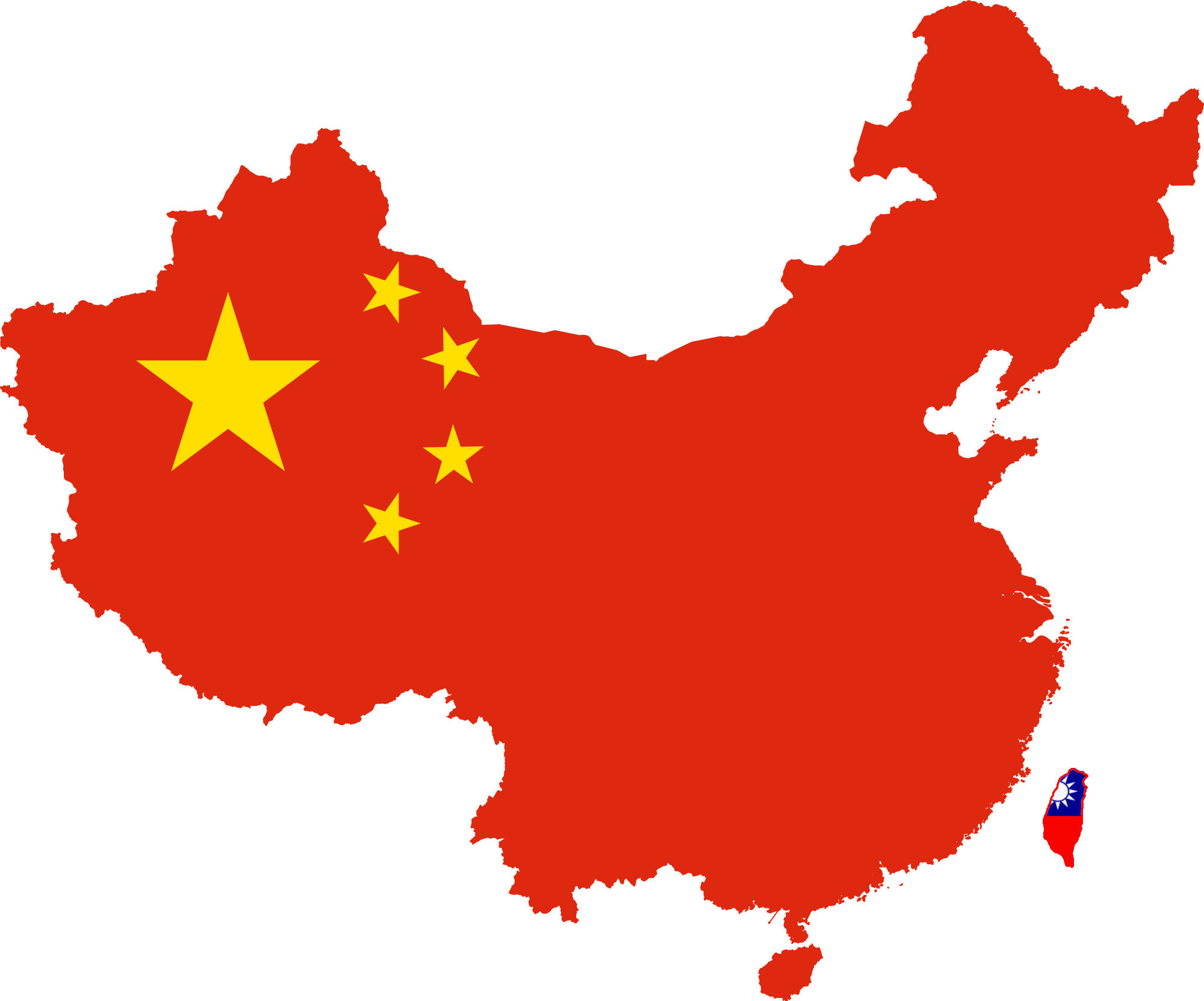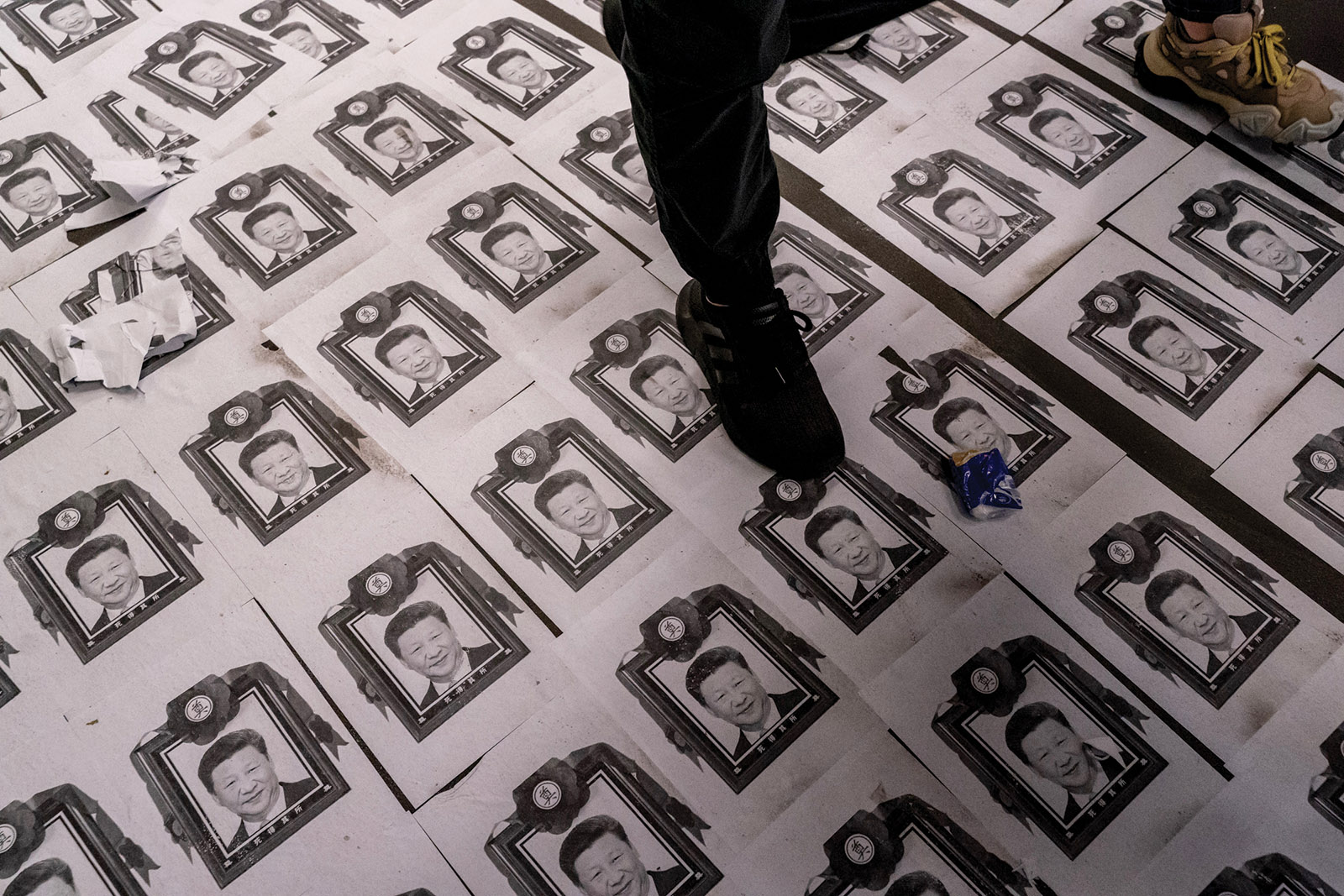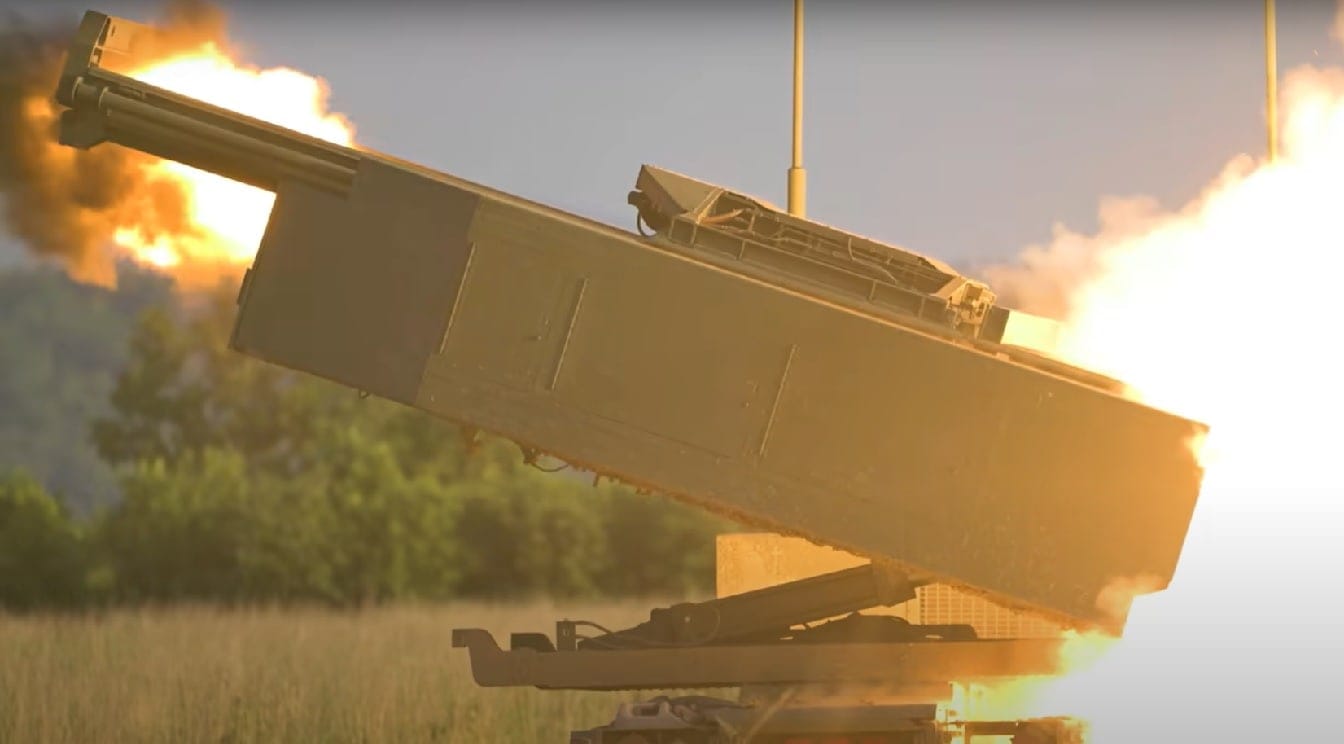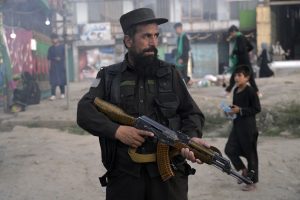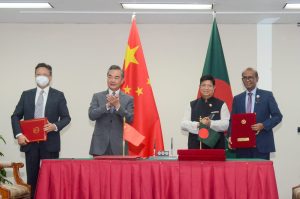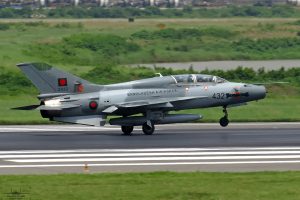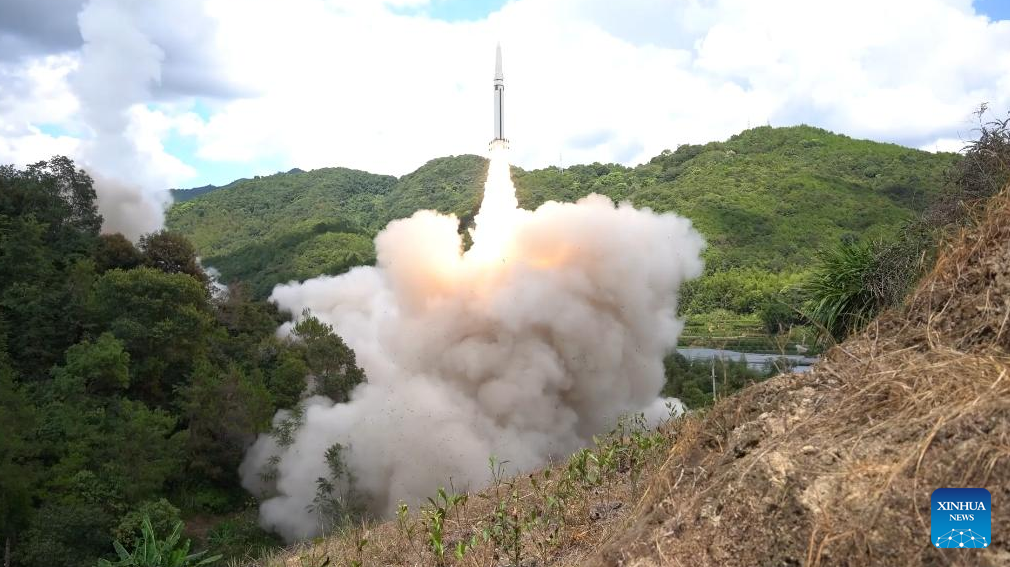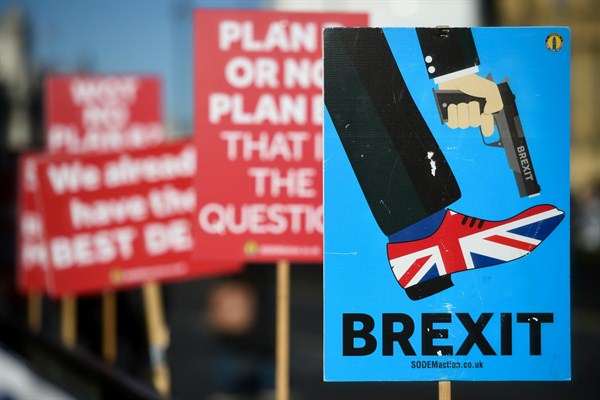Vincent J. Carchidi
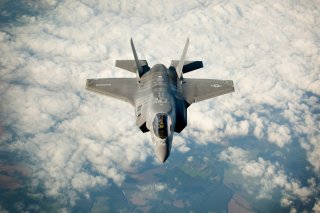
Artificial intelligence (AI)—particularly its most famous iteration, machine learning—has been hailed as the next game-changing technology for military affairs in the lineage of gunpowder, the combustion engine, and the airplane. One of the defining characteristics of AI innovation in today’s geopolitical competition between the United States and China is that it has occurred primarily in the private sector. Whereas Chinese officials adopt a “military-civil fusion” policy to centralize the Chinese Communist Party’s leverage over private sector AI research, American analysts increasingly call for a “whole-of-nation” approach to basic technological research. While AI is a strategically important technology, what if the long-term utility of machine learning, in particular, is more limited than it seems?
The question might seem odd since private sector AI researchers wear their sense of momentum on their sleeves. DeepMind researcher Nando de Freitas, for example, recently proclaimed “the game is over'' and that the keys to advancing AI are here for the taking. Breakthroughs in AIs’ capacities to match or exceed human abilities have driven up interest in machine learning. Examples include AlphaGo’s victories over professional Go player Lee Sedol, GPT-3’s ability to write articles and code, Gato’s ability to perform multiple specialized tasks as opposed to just one, and AlphaFold’s fresh breakthrough on all known protein structures. In national security, seemingly not a day goes by without news of Department of Defense (DOD) efforts to procure emerging technologies, including semi-autonomous, unmanned systems.

